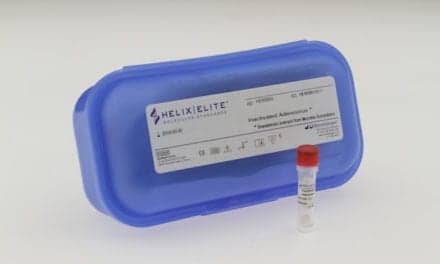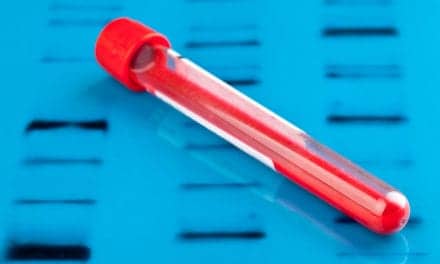Clinicians may soon have a new tool in the diagnosis and treatment of Herpes Simplex Viruses (HSV)—one of the most common sexually transmitted infections in the world. BD Diagnostics, a segment of BD (Becton, Dickinson, and Company), has filed for FDA 510(k) clearance for the first fully automated molecular tests to diagnose and differentiate HSV types 1 and 2.
"When caring for a patient who may be suffering from HSV, clinicians need a precise picture of what they are dealing with," said Wayne Brinster, VP and general manager, women’s health and cancer, BD Diagnostics. "Determining whether a patient has HSV and whether it is type 1 or 2 makes a big difference in how the infection is treated, especially with the increase in new anti-viral and suppressive therapies."
The BD ProbeTec™ HSV-1 and HSV-2 Qx Amplified DNA Assays will run on the BD Viper™ System with XTR™ Technology, which uses Strand Displacement Amplification technology to qualitatively detect and differentiate HSV-1 and HSV-2 DNA in clinician-collected external anogenital lesion specimens.
Data suggest that laboratories using existing culture methods to diagnose HSV often experience significant false negative rates, missing up to 25% of true positive cases. In addition, many clinicians and laboratories do not distinguish between HSV-1 and HSV-2.
The new BD ProbeTec HSV-1 and HSV-2 Qx Assays will significantly improve accuracy and time to results over culture methods, which often take 2 to 10 days for results. BD’s new automated HSV assays will provide laboratories with the capability to read up to 96 positive or negative results in about two and a half hours. Using the BD Viper System with XTR Technology, laboratories also will be able to run tests for chlamydia and gonorrhea, along with HSV-1 and HSV-2, on a single automated run.
"BD is leveraging technologies and expertise across the Company to enhance disease detection and patient management," said Brinster. "Our aim is to provide clinicians and laboratories with a growing portfolio of diagnostic tools that enhance their ability to treat and manage their patients who may be afflicted with some of the most pressing conditions in women’s health and cancer."
Source: BD




